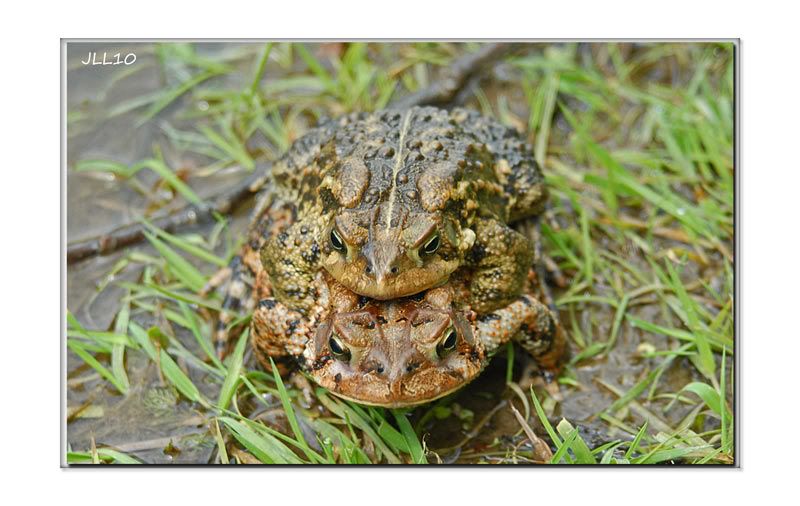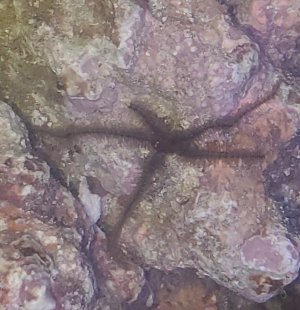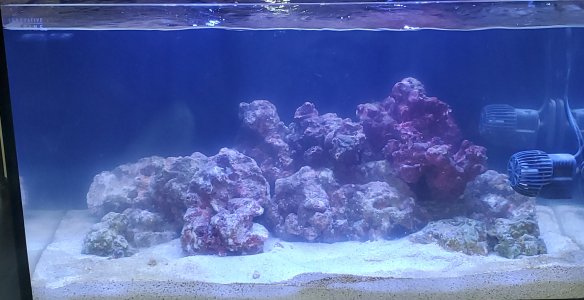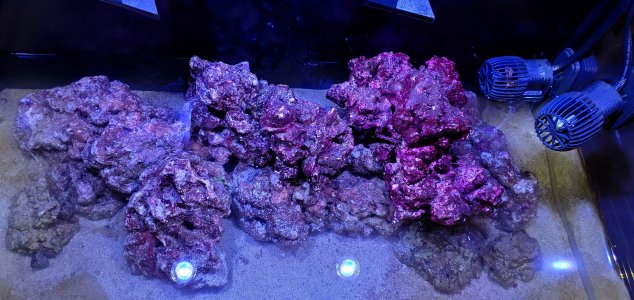You are using an out of date browser. It may not display this or other websites correctly.
You should upgrade or use an alternative browser.
You should upgrade or use an alternative browser.
What should I feed my brittle starfish?
- Thread starter JohnL
- Start date
Here is an article I found
https://aquariumbreeder.com/serpent-brittle-starfish-detailed-guide-care-diet-and-breeding/
https://aquariumbreeder.com/serpent-brittle-starfish-detailed-guide-care-diet-and-breeding/
John, mine survived off of scraps. Their legs give them the ability to get to places most other critters can't.
But it's only him (her) and a snail ? right now Jesse. I'm thinking small sinking pellets. ?
Mine do well grabbing the fish food that makes it to the bottom. For larger brittle stars you may need ot make sure it's getting enough, the body should look a little "puffy" not flat. They can live a really long time also. I've got black spiny similar in apperance to yours and red serpent (no spines) that are pushing 2 decades and a giant green one easily over 25.
I've got black spiny similar in apperance to yours and red serpent (no spines) that are pushing 2 decades and a giant green one easily over 25.
That's so cool ? Good for you ?
Watching the micros breed is insane.
Been watching nature documentaries and I now understand the crazies involved with frogs mating. I have noted in my water garden tubs, on certain nights in early Spring, frog noise is very loud. In watching documentaries, researchers confirmed what I guessed: The frogs had an orgy.
Hey John, NLS makes pellets for inverts. I used them to feed my mithrax crabs.
https://www.feedspectrum.com/products/nlsinvertebrate
https://www.feedspectrum.com/products/nlsinvertebrate
The frogs had an orgy.
I have a local park loaded with them. If you get there at the right time, you can't hear anything else!!!
CoralSaver
New member
If you are feeding fish they will eat all the scraps. Great for a clean up crew!
I don't want to contaminate John's thread too much, So I'll end this here.
What are you lookin at???

I don't want to contaminate John's thread too much, So I'll end this here.
No worries Jesse. Take it where it goes.
I got micro serpent starfish from IPSF many years ago. They multiply like rabbits in my high nutrient systems.
I'll be ordering those soon Patrick. I like them a lot.
Hey John, NLS makes pellets for inverts. I used them to feed my mithrax crabs.
https://www.feedspectrum.com/products/nlsinvertebrate
Thanks Adrienne
If you are feeding fish they will eat all the scraps. Great for a clean up crew!
Welcome to Reef Central CoralSaver
These guys proliferate amongst the seaweeds in my systems.
http://ipsf.com/ministars.html
MiniStars are small, incredibly industrious sand stirrers and cleaners that will help keep your live sand bed healthy, aerobic and free of decomposing detritus - the organic particles that rain down every day from the water column above. These reef-dwelling ophiuroids reproduce readily in closed systems because they have direct development (no planktonic stage). Reef safe, will not bulldoze. Size of individual specimens ranges from approx. 1/4 to 1/2 inch; includes adults, sub-adults and juveniles. MiniStars do not grow larger than approx. 1 inch in diameter.
http://ipsf.com/ministars.html
MiniStars are small, incredibly industrious sand stirrers and cleaners that will help keep your live sand bed healthy, aerobic and free of decomposing detritus - the organic particles that rain down every day from the water column above. These reef-dwelling ophiuroids reproduce readily in closed systems because they have direct development (no planktonic stage). Reef safe, will not bulldoze. Size of individual specimens ranges from approx. 1/4 to 1/2 inch; includes adults, sub-adults and juveniles. MiniStars do not grow larger than approx. 1 inch in diameter.
These guys proliferate amongst the seaweeds in my systems.
http://ipsf.com/ministars.html
MiniStars are small, incredibly industrious sand stirrers and cleaners that will help keep your live sand bed healthy, aerobic and free of decomposing detritus - the organic particles that rain down every day from the water column above. These reef-dwelling ophiuroids reproduce readily in closed systems because they have direct development (no planktonic stage). Reef safe, will not bulldoze. Size of individual specimens ranges from approx. 1/4 to 1/2 inch; includes adults, sub-adults and juveniles. MiniStars do not grow larger than approx. 1 inch in diameter.
Thanks Patrick!
I just placed this order which will arrive Thursday.
Mixandmatch Bristleworms,wondermud,6nerite,6littorinid,6microhermits,25reefamphipods,podflakes,podmat,livesandactivator
SUPERaddon Reefplankton,25ReefAmphipods,6mamamiaworms,6ministars,corallinealgaeboosterset
Surfzone live sand activator plus
6 Mama mia worms
6 Baby bristle worms
PLUS: 6 Free MiniStars
PLUS: 2 Free Corals (our choice)
Similar threads
- Replies
- 11
- Views
- 1K
- Replies
- 2
- Views
- 1K



